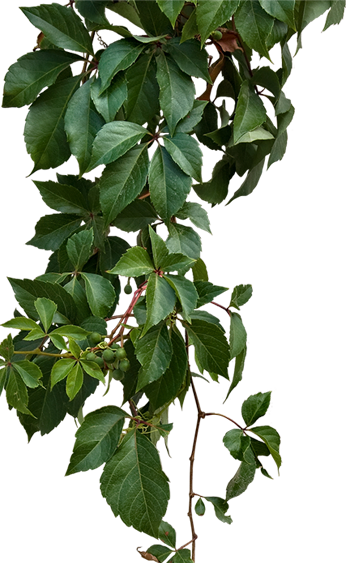
Lighting Tips for Vertical Green Walls and Indoor Plants
- Home
- Lighting Tips for Vertical Green Walls and Indoor Plants
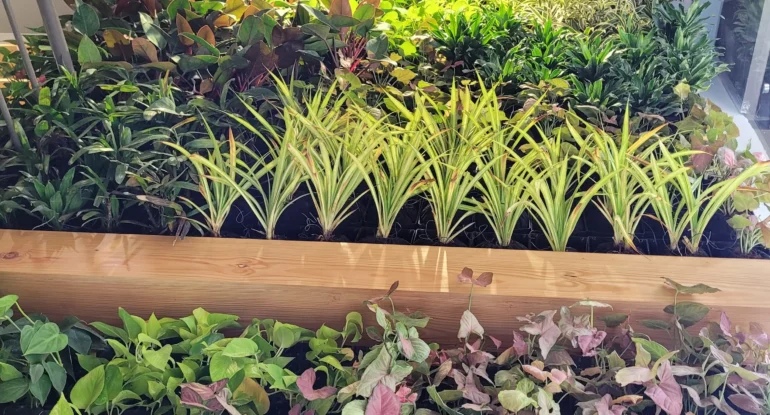
Lighting Tips for Vertical Green Walls and Indoor Plants
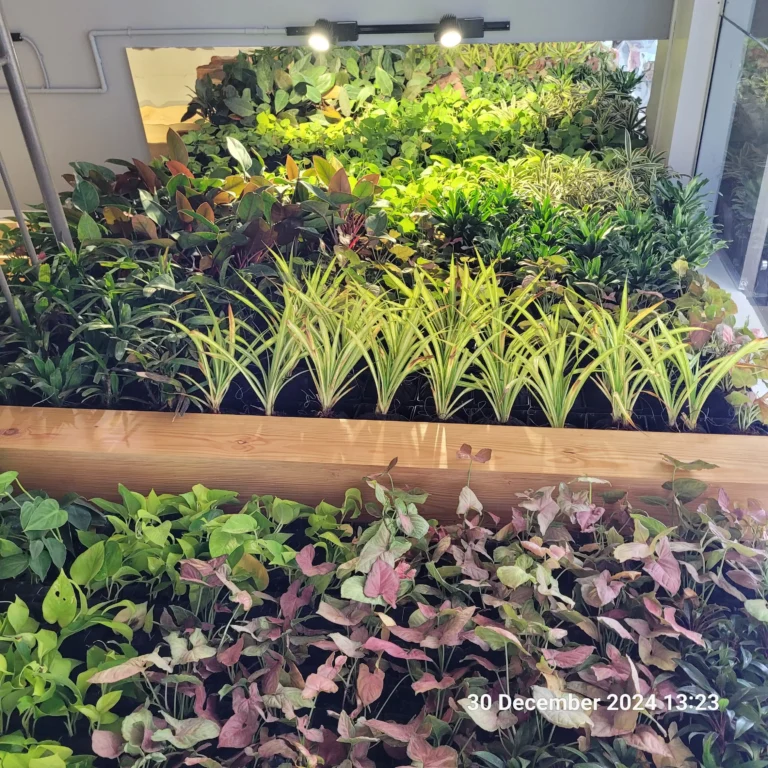
Indoor gardening is becoming increasingly popular, finding its place under various innovative concepts like Vertical Green Walls, Atrium Gardens, Paludariums, Vertical Forests, Ripariums, and more. These creative gardening styles bring numerous advantages:
• Aesthetic appeal to spaces
• Improved air quality
• Cleaner and purer environments
In essence, indoor gardening helps us reconnect with nature, which is why it’s now a common feature in offices, airports, commercial buildings, residential complexes, and more. For simplicity, we call all these concepts indoor gardening.
Role of Artificial Lights in Indoor Gardening
If you’re planning to grow plants indoors without sunlight, artificial lighting becomes a critical component. Lights in indoor gardening serve two primary purposes:
1. Promoting plant growth
2. Enhancing the interior aesthetics
For commercial farming, however, the primary focus is solely on plant growth.
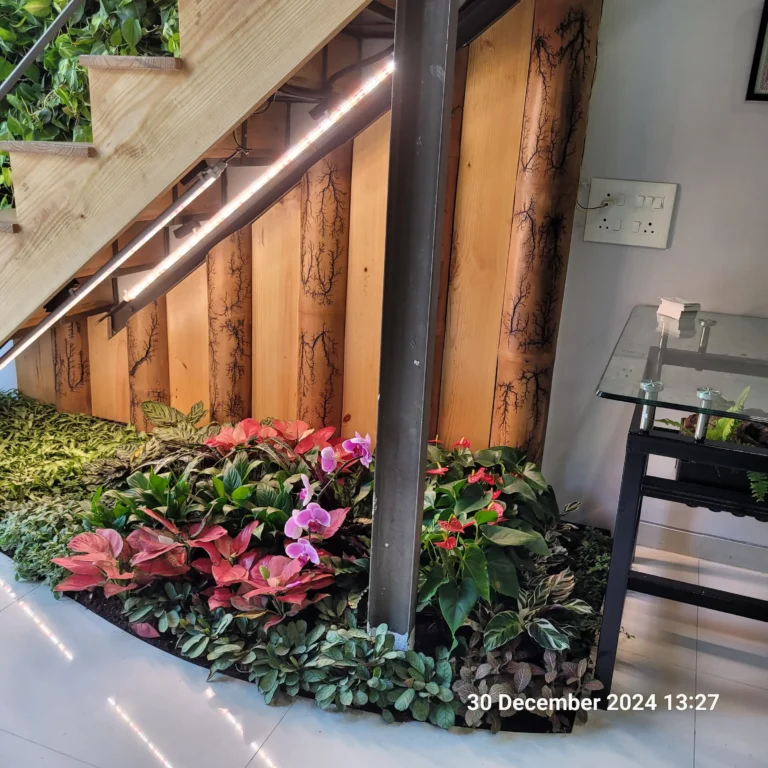
Key Factors in Indoor Gardening Lighting Design
To design an effective lighting solution for indoor gardening, four factors must be considered:
1. Type of plants
2. Plantation area
3. Structure height
4. Interior lighting theme
Let’s dive into the essential parameters for artificial lighting in indoor gardening:
1. Light Spectrum
The spectrum determines how the light appears to the human eye and how well it supports plant growth. At Nexsel, we’ve carefully developed four spectrum options for indoor gardening that promote plant health and seamlessly blend with various interior themes.
2. Light Intensity
Light intensity is crucial for plant health and should be optimal for both plant growth and human comfort. At Nexsel, we categorize plants into four groups based on their intensity requirements:•
Low-intensity plants
• Medium-intensity plants
• High-intensity plants
• Very high-intensity plants
Light intensity for plants is measured in PPFD (μmol/m²/s), while human comfort is determined using LUX values. Visit our website for detailed information: www.nexsel.tech.
3. Lighting Photoperiod
This refers to how many hours the light stays ON and OFF. Ideally, plants require a minimum of 6 hours of darkness (rest) and 8 hours of light daily. However, in commercial spaces like offices, achieving a complete rest period can be challenging.
To address this, Nexsel offers solutions such as:
• Reducing light intensity during rest periods
• Scheduling timers to dim lights when the area is less crowded
Proper photoperiod design requires collaboration with users to ensure optimal results. At Nexsel, we prioritize this in our consultations.
4. Light Fixture Design
Fixtures must complement the area’s interior, match plant height, and harmonize with human-centric lighting. At Nexsel, we work closely with architects to choose the best fixture designs and colors for each project.
Commonly Asked Questions 🤔
Here are some popular questions we receive about indoor gardening and lighting:
1. What type of light is best for vertical green walls?
2. How much light do indoor plants need daily?
3. Can artificial lights replace sunlight for indoor plants?
4. How do I choose the right spectrum for my indoor garden?
5. What is the difference between light for aesthetics and light for plant growth?
If you have similar questions, feel free to reach out to us at [email protected].
Experience Indoor Gardening in Action!
One of our proud collaborations is with Garden Décor and Mr. Rahul in Kothrud, Pune. Their display unit showcases multiple indoor gardening options with Nexsel’s innovative artificial lighting solutions.
Here are some glimpses of the site:
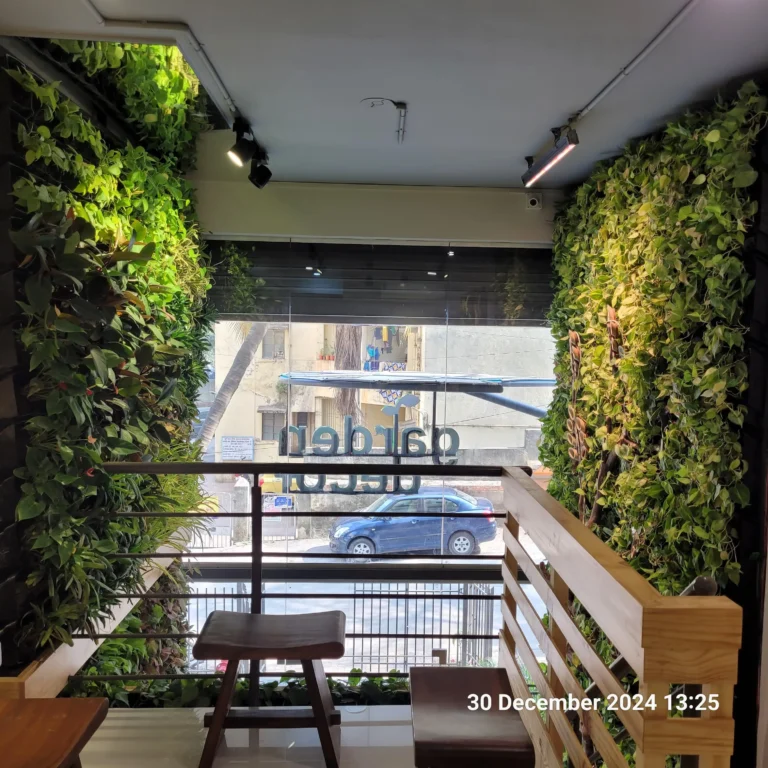
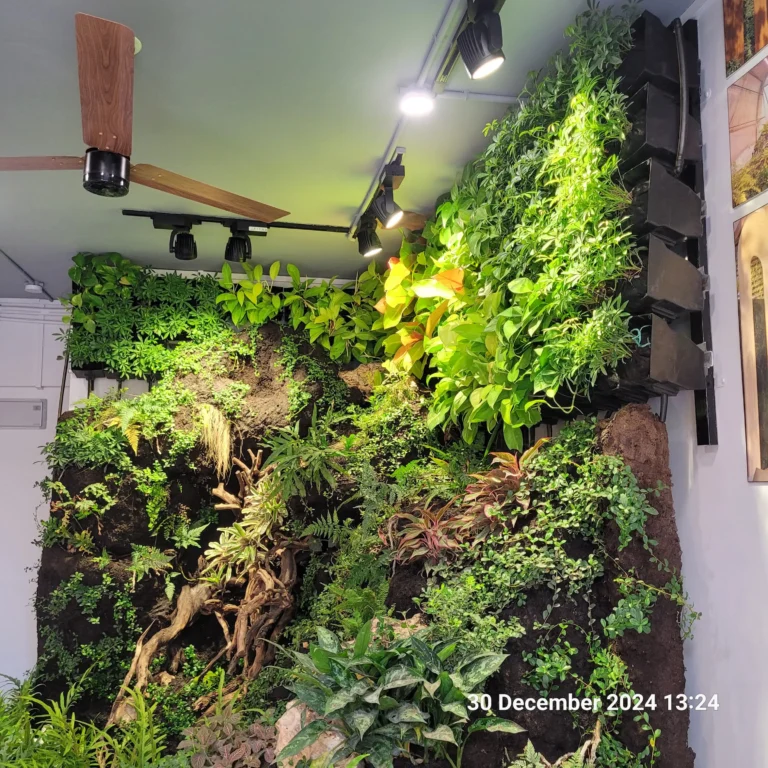
Have questions about indoor gardening?
Get in touch with us for expert advice. Let us help you design the perfect lighting solution for your indoor garden! 🌟
- Blog Categories
- Basic of Artificial Lighting for Plants
- Basic of grow Light
- Case Studies
- General Awareness
- Indoor Vertical Farming
- Medical Plant Research
- Online Tool
- Pitch Grow Light
- Plant Lighting Measurement
- Speed Breeding
- Supplemental Lighting
- Tissue Culture Grow Lights
- Vertical Green Wall
- LED Grow Lights
- Pharma Segment
- General

For Any Information or Enquiry
Quick Link
Other Links
Call Anytime
+91 8604486047
Quick Link
Other Links
Design & Developed By VBTEK


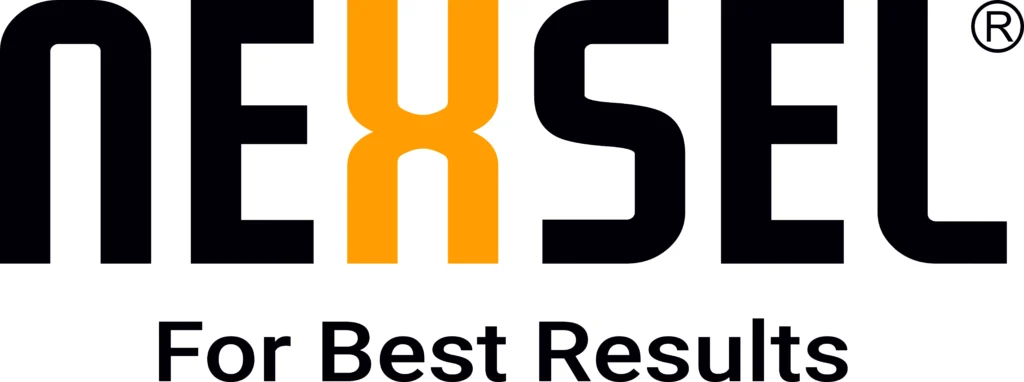
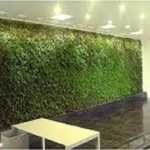
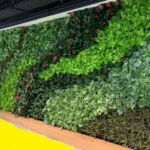
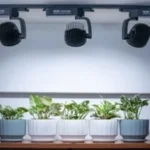
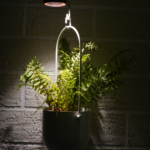
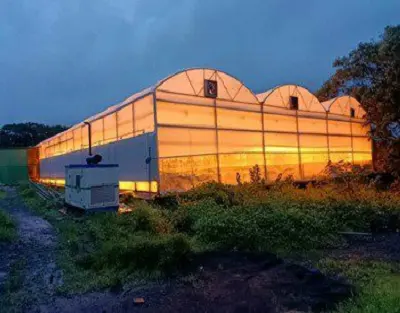
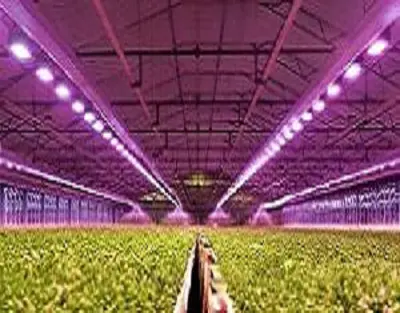
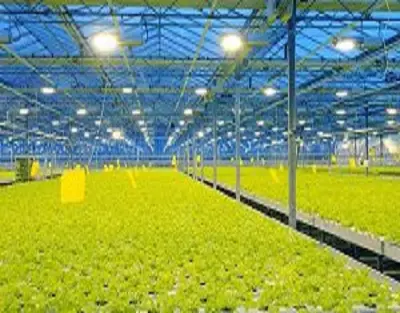

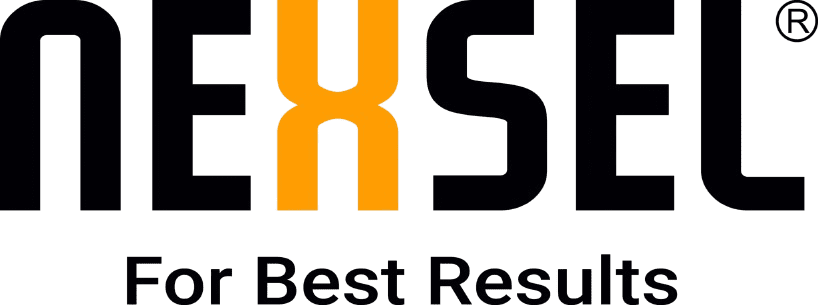
Leave A Comment